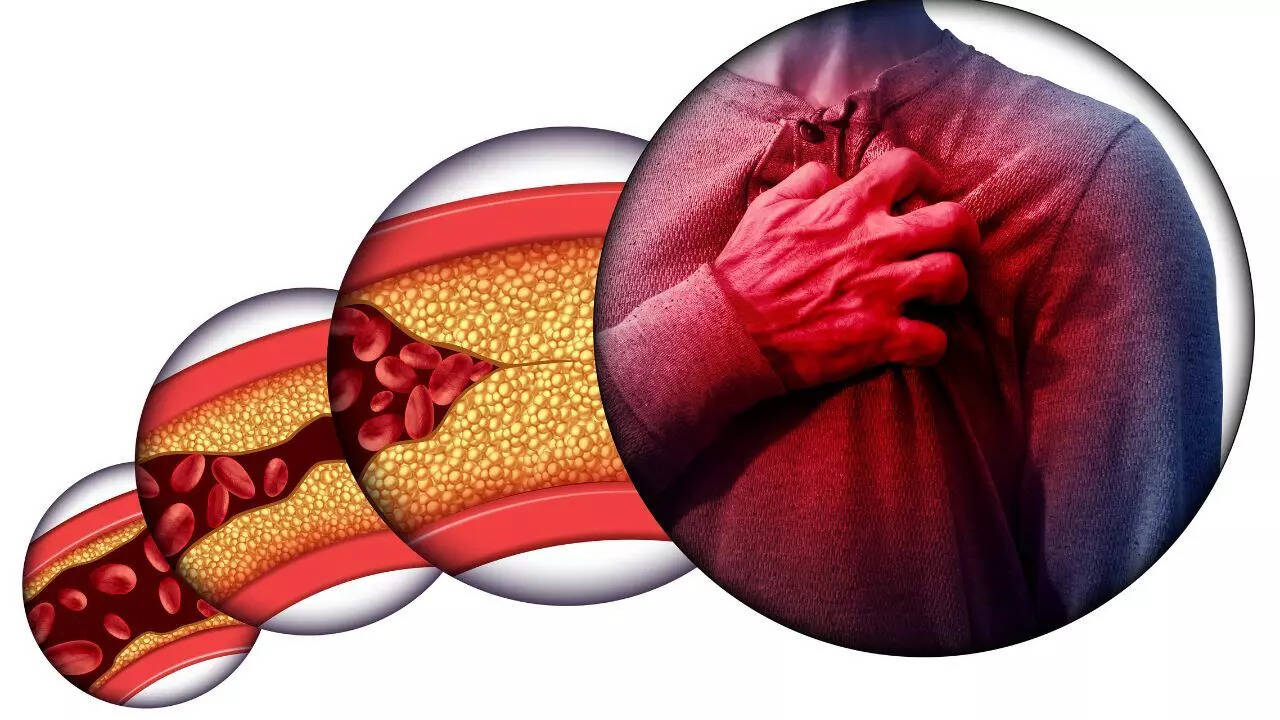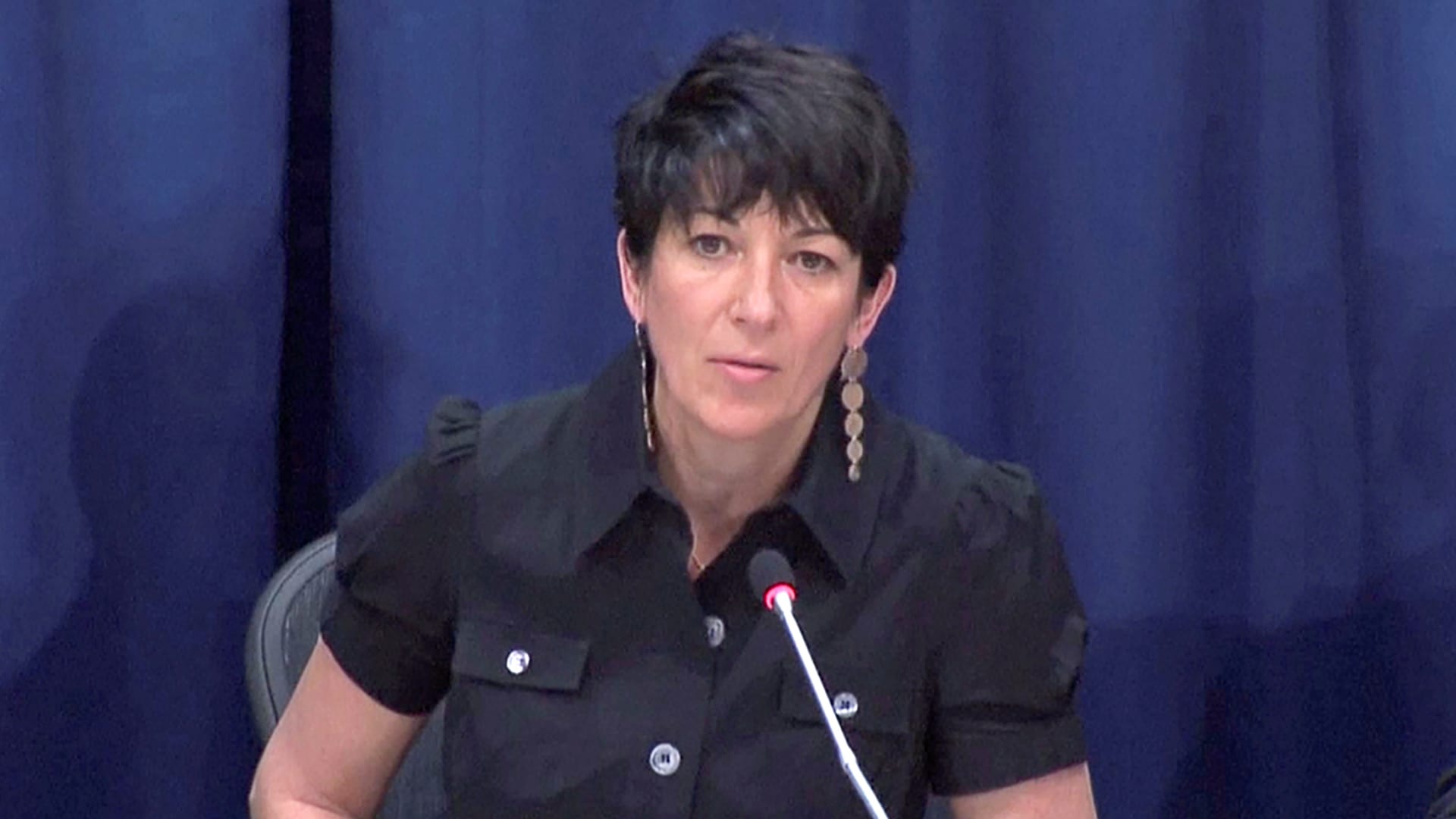Your heart sends warnings 12 years before a heart attack; here’s the sign most people miss and preventions steps you need to know now | – Times of India

Heart attacks are usually framed as sudden emergencies, but research shows they commonly follow a slow, silent buildup that begins long before pain or hospital alarms. A major analysis of CARDIA participants found that moderate-to-vigorous physical activity (MVPA) — things like brisk walking, cycling or swimming — often starts a steady decline about 12 years before a cardiovascular diagnosis, with the pace accelerating in the final two years. Experts including Dr. Sudhir Kumar (Apollo Hospitals, Hyderabad) warn that this gradual loss of stamina is frequently misread as normal ageing; spotting it early creates a large window for prevention, screening and targeted lifestyle or medical interventions that can avert major cardiac events.
Physical activity often starts falling 12 years before heart disease: Study
The paper titled “Trajectories of Physical Activity Before and After Cardiovascular Disease Events in CARDIA Participants” analysed physical activity data collected across decades from participants first enrolled in 1985–86. Researchers used repeated activity assessments (multiple timepoints through midlife) to model long-term trajectories and compare people who later developed cardiovascular disease (CVD) with those who did not.The key quantitative findings: MVPA began to decline, on average, roughly 12 years before a first CVD event; declines steeped in the two years immediately before diagnosis; and low activity levels tended to persist after the event, widening the gap versus peers who remained CVD-free. The study used CARDIA’s longitudinal design to reveal this long preclinical window rather than a single cross-sectional snapshot. CARDIA tracked moderate-to-vigorous physical activity (MVPA) — activities that raise heart rate and breathing noticeably (brisk walking, jogging, cycling, swimming, sports). In practice, MVPA estimates came from validated activity questionnaires administered repeatedly; these give a life-course view rather than a one-off reading. Because changes emerged gradually over a decade, the timing matters: a single clinic visit that notes “low activity today” can miss whether someone is on a downward trajectory. Longitudinal decline, especially an accelerating fall in MVPA is the important signal researchers flagged.
Changes that raise heart disease risk

A sustained drop in MVPA is not just a lifestyle statistic; it maps to several physiologic changes that raise cardiovascular risk:Cardiac deconditioning: Less habitual activity reduces cardiac stroke volume and aerobic capacity, so daily exertion becomes harder.Endothelial and vascular changes: Lack of movement promotes poorer endothelial function and favours atherogenic plaque formation.Metabolic effects: Inactivity increases the risk of weight gain, insulin resistance and adverse lipid changes — all major drivers of atherosclerosis.Inflammation and autonomic imbalance: Sedentary behaviour links to low-grade inflammation and less favourable autonomic (heart rate variability) profiles.Together, these pathways mean a progressive drop in MVPA both reflects and contributes to the biological processes that eventually cause heart attacks or strokes. For public guidance, major health bodies emphasise staying active because of these mechanistic links.
MVPA declines over time reflect race and gender inequalities in heart health
CARDIA authors also examined demographic patterns. While MVPA tended to decline across all groups with age, the trajectory and baseline levels differed by sex and race. Notably, the study found that Black women recorded consistently lower activity levels across adulthood, and certain groups showed more continuous declines — patterns that can concentrate cardiovascular risk in already disadvantaged populations. These findings imply prevention must be tailored: population-level recommendations are necessary but insufficient without culturally and structurally appropriate supports. Think longitudinally, not just cross-sectionally. A single “low activity” datapoint is less informative than a trend; clinicians should ask about changes in routine and stamina over years.Use risk tools alongside functional history. Tools such as the ASCVD Risk Estimator help assess 10-year risk, but trend information about MVPA can flag patients who might benefit from earlier screening or intervention. Act early. Declining MVPA constitutes a window for action — lifestyle counselling, targeted exercise support, and if indicated, medical risk-factor treatment (BP, lipids, glycemia). The earlier the intervention, the greater the chance of preventing an event.
How to evaluate a patient’s steady decline in stamina
If a patient reports a steady, unexplained fall in activity or stamina, reasonable initial steps include:Basic cardiovascular screening: blood pressure, BMI/waist measure, lipid panel, fasting glucose/HbA1c. Calculate ASCVD or other validated risk scores (for patients in the appropriate age range) to guide intensity of preventive therapy. Functional assessment: a simple timed walk or effort-tolerance discussion can be very revealing; refer for formal stress testing only if clinical suspicion of ischemia is present. Consider social drivers: ask about work, caregiving, safety, access to safe walking spaces and time pressures — these often explain activity declines and must be addressed.
From prevention to recovery: Practical guidelines for safe and sustainable cardiovascular fitness
Public health and cardiology bodies recommend at least 150 minutes per week of moderate-intensity activity (or 75 minutes of vigorous activity) as a baseline goal for adults; more gives additional benefit. Practical tips to meet and sustain MVPA:
- Break activity into short, consistent bouts (eg. , 30 minutes, 5 days/week).
- Choose enjoyable activities (walking, cycling, swimming, dance) to improve adherence.
- Build movement into routines (active commuting, stairs, standing breaks at work).
- Set trajectory goals rather than single-day targets (track weekly MVPA minutes).
- Address barriers (childcare, unsafe neighbourhoods, pain) with tailored solutions or supervised programs.
If someone does have a cardiovascular event, the evidence strongly supports early referral to structured cardiac rehabilitation (CR). CR combines monitored exercise, risk-factor management, nutrition and psychosocial support; it reduces mortality and improves functional recovery. Typical guidance: begin activity gently (short walks) in hospital recovery, progress under supervision to 30+ minutes of aerobic activity several times weekly, and incorporate supervised outpatient CR when available.
How to track activity trends (tools that help detect a worrying decline)
Wearables and phone apps: track MVPA minutes and weekly totals. Look for a sustained downward slope over months/years, not day-to-day noise.Simple logs: a weekly activity diary or 6-minute walk distance recorded every few months provides a low-tech trend.Clinical prompts: clinicians should routinely ask, “Compared with two years ago, do you find doing your usual activities harder?” A “yes” can prompt further evaluation.Also Read | Boost liver function with this gut-friendly no-bake date bar supporting overall wellness; gastroenterologist shares easy homemade recipe
var _mfq = window._mfq || [];
_mfq.push([“setVariable”, “toi_titan”, window.location.href]);
!(function(f, b, e, v, n, t, s) {
function loadFBEvents(isFBCampaignActive) {
if (!isFBCampaignActive) {
return;
}
(function(f, b, e, v, n, t, s) {
if (f.fbq) return;
n = f.fbq = function() {
n.callMethod ? n.callMethod(…arguments) : n.queue.push(arguments);
};
if (!f._fbq) f._fbq = n;
n.push = n;
n.loaded = !0;
n.version = ‘2.0’;
n.queue = [];
t = b.createElement(e);
t.async = !0;
t.defer = !0;
t.src = v;
s = b.getElementsByTagName(e)[0];
s.parentNode.insertBefore(t, s);
})(f, b, e, ‘https://connect.facebook.net/en_US/fbevents.js’, n, t, s);
fbq(‘init’, ‘593671331875494’);
fbq(‘track’, ‘PageView’);
};
function loadGtagEvents(isGoogleCampaignActive) {
if (!isGoogleCampaignActive) {
return;
}
var id = document.getElementById(‘toi-plus-google-campaign’);
if (id) {
return;
}
(function(f, b, e, v, n, t, s) {
t = b.createElement(e);
t.async = !0;
t.defer = !0;
t.src = v;
t.id = ‘toi-plus-google-campaign’;
s = b.getElementsByTagName(e)[0];
s.parentNode.insertBefore(t, s);
})(f, b, e, ‘https://www.googletagmanager.com/gtag/js?id=AW-877820074’, n, t, s);
};
function loadSurvicateJs(allowedSurvicateSections = []){
const section = window.location.pathname.split(‘/’)[1]
const isHomePageAllowed = window.location.pathname === ‘/’ && allowedSurvicateSections.includes(‘homepage’)
const ifAllowedOnAllPages = allowedSurvicateSections && allowedSurvicateSections.includes(‘all’);
if(allowedSurvicateSections.includes(section) || isHomePageAllowed || ifAllowedOnAllPages){
(function(w) {
function setAttributes() {
var prime_user_status = window.isPrime ? ‘paid’ : ‘free’ ;
var geoLocation = window?.geoinfo?.CountryCode ? window?.geoinfo?.CountryCode : ‘IN’ ;
w._sva.setVisitorTraits({
toi_user_subscription_status : prime_user_status,
toi_user_geolocation : geoLocation
});
}
if (w._sva && w._sva.setVisitorTraits) {
setAttributes();
} else {
w.addEventListener(“SurvicateReady”, setAttributes);
}
var s = document.createElement(‘script’);
s.src=”https://survey.survicate.com/workspaces/0be6ae9845d14a7c8ff08a7a00bd9b21/web_surveys.js”;
s.async = true;
var e = document.getElementsByTagName(‘script’)[0];
e.parentNode.insertBefore(s, e);
})(window);
}
}
window.TimesApps = window.TimesApps || {};
var TimesApps = window.TimesApps;
TimesApps.toiPlusEvents = function(config) {
var isConfigAvailable = “toiplus_site_settings” in f && “isFBCampaignActive” in f.toiplus_site_settings && “isGoogleCampaignActive” in f.toiplus_site_settings;
var isPrimeUser = window.isPrime;
var isPrimeUserLayout = window.isPrimeUserLayout;
if (isConfigAvailable && !isPrimeUser) {
loadGtagEvents(f.toiplus_site_settings.isGoogleCampaignActive);
loadFBEvents(f.toiplus_site_settings.isFBCampaignActive);
loadSurvicateJs(f.toiplus_site_settings.allowedSurvicateSections);
} else {
var JarvisUrl=”https://jarvis.indiatimes.com/v1/feeds/toi_plus/site_settings/643526e21443833f0c454615?db_env=published”;
window.getFromClient(JarvisUrl, function(config){
if (config) {
const allowedSectionSuricate = (isPrimeUserLayout) ? config?.allowedSurvicatePrimeSections : config?.allowedSurvicateSections
loadGtagEvents(config?.isGoogleCampaignActive);
loadFBEvents(config?.isFBCampaignActive);
loadSurvicateJs(allowedSectionSuricate);
}
})
}
};
})(
window,
document,
‘script’,
);
[title_words_as_hashtags




